Development
-
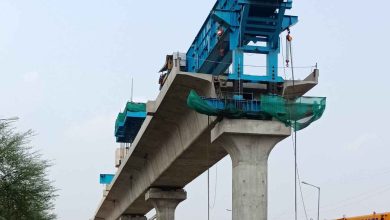
Lok Vihar First Metro Station on Kamptee Run to Open in November: A Major Leap in Nagpur Metro Phase 2
The Maharashtra Metro Rail Corporation Limited (MahaMetro) is making rapid progress on the highly anticipated Lok Vihar Metro Station, aiming…
Read More » -

Butibori Flyover Reopens for Traffic After 5-Month Closure
Nagpur commuters and transporters, rejoice! The long wait is finally over as the much-anticipated reopening of the Butibori flyover is…
Read More » -
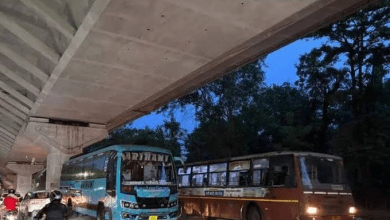
Ban On Pvt Buses In City: Traffic Cops Propose Six Pickup-Drop Terminals on Outskirts
A Bold Step Toward Decongesting Nagpur Ban on private buses Nagpur: Imagine waking up to smooth traffic, clean roads, and…
Read More » -
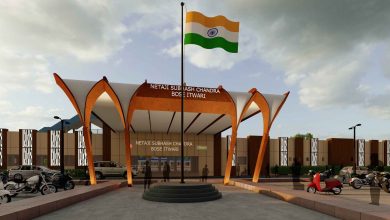
PM to Inaugurate New-Look Itwari Railway Station Tomorrow
New Itwari railway station : Big things are happening in Nagpur! Tomorrow, Prime Minister Narendra Modi is set to virtually…
Read More » -
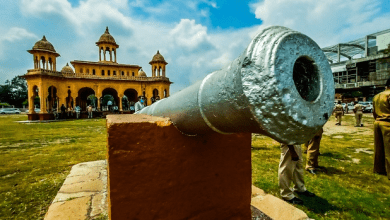
Kasturchand Park Restoration Nagpur Nears Completion
Kasturchand Park Restoration Nagpur | Nagpur’s iconic Kasturchand Park (KP) is not just a piece of land; it’s a living…
Read More » -
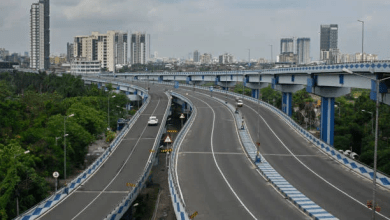
Nagpur’s Koradi Naka to Get Y-Shaped Flyover to Ease Traffic and Improve Safety
Koradi Naka Flyover Project: Nagpur is on the move—literally! If you’ve ever found yourself stuck in the relentless traffic at…
Read More » -
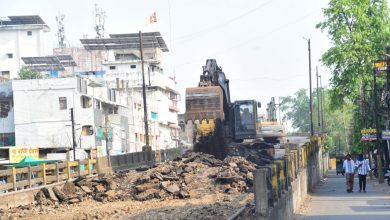
Pachpaoli Flyover Demolition Halted: NHAI Awaits Railway Nod
Pachpaoli Flyover Demolition Update: The bustling city of Nagpur has found itself at a crossroads — quite literally — as…
Read More » -

RTO Flyover Nearing Completion, Final Deadline Set for June 2025
The long-delayed RTO flyover in Nagpur is finally inching toward completion. After years of hurdles, approvals, and setbacks, authorities have…
Read More » -
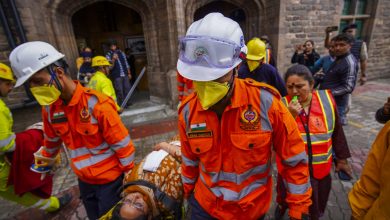
MahaMetro to Build Disaster Mgmt Institute Worth Rs 187.7 Crore in Nagpur
Maharashtra disaster management: In a major development aimed at enhancing disaster preparedness and management, the Maharashtra Metro Rail Corporation Ltd.…
Read More » -
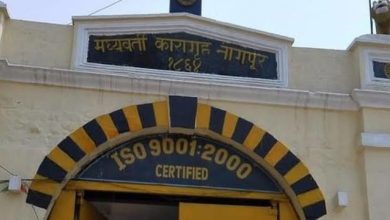
81 Acres Earmarked in Kamptee for New Central Jail: Big Upgrades Coming to Mor Bhavan and Ganeshpeth Stations
Nagpur central jail: Have you heard? Nagpur is all set for a major infrastructure boost! From a cutting-edge correctional facility…
Read More »

